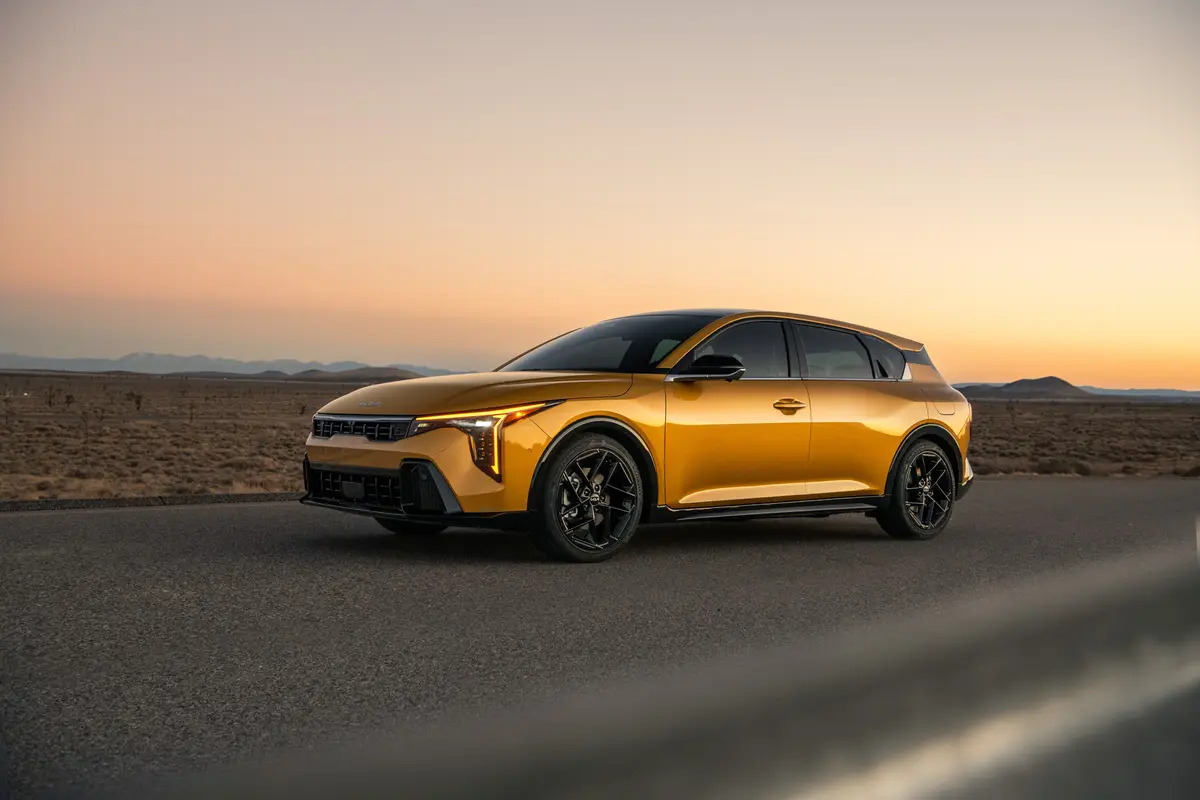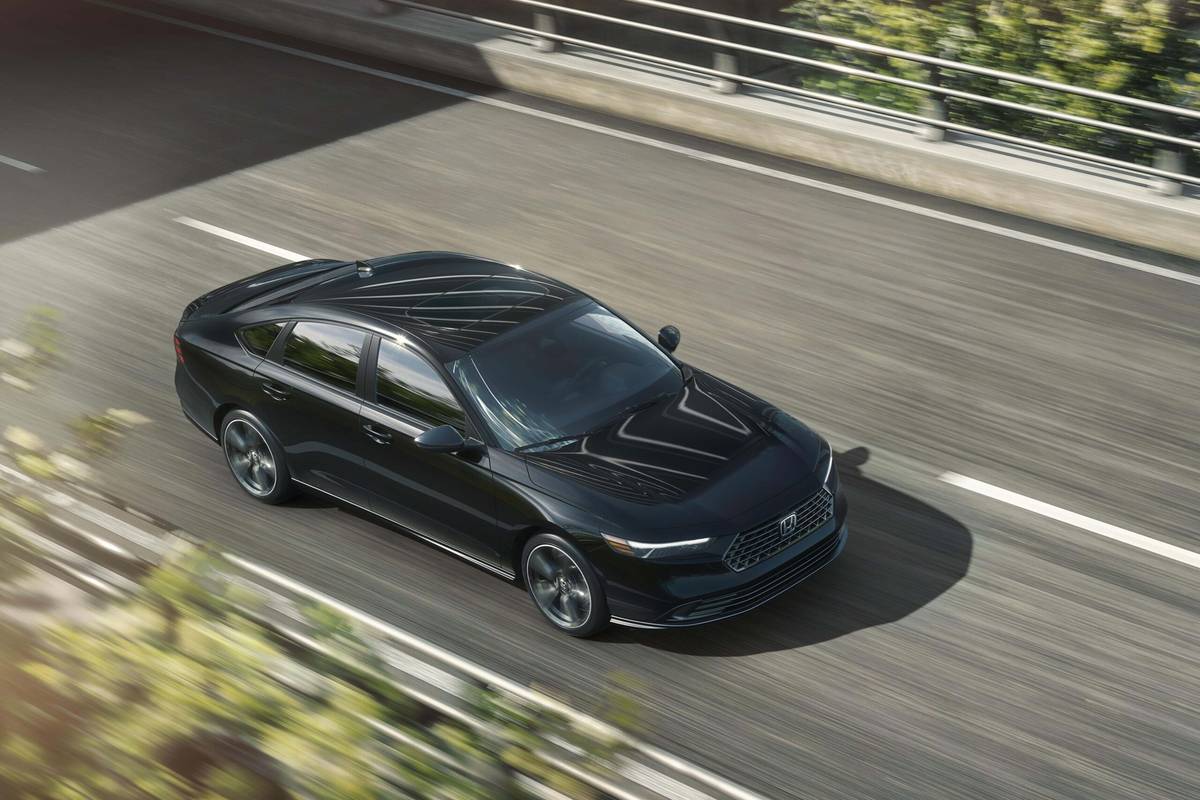The Morning Call and Mcall.com's view
The 1988 Pontiac LeMans is a car with an American name that was designed in Germany and is being manufactured in South Korea.
All of this at first may sound a little strange but then the car market is a little strange these days. New names, new countries, mixed heritages and very unlikely bedfellows have entered the marketplace over the past couple of years. A marketplace, by the way, that was quite nationalistic in the not too distant past. But the world has changed and so has the automotive industry.
In addition to resurrecting an old model name, Pontiac has now expanded its already full market line – everything from a small mid-engine sports car, the Fiero, to a big conventional rear-drive station wagon, the Safari Wagon – to now include a lower entry level economy car. The concept is interesting but whether it will fly is now up to the public.
The LeMans (test car supplied by Knopf Automotive, 3401 Lehigh St., Allentown) is still so new that there still isn’t any feedback from the public. Nor are there a lot of them around. In fact, the test car was driven many a local mile without encountering another member of its species. This, of course, led to the inevitable question, ”what is it?” Without looking at the name, no one really guessed what it was. And I doubt if it will take much time for its distinctive shape to remain unknown once more of them get on the road.
Although the LeMans is a brand new car, it does have a somewhat proven heritage. It is based on the Opel Kadett, a product of Adam Opel A.G., General Motors’ West Germany subsidiary. The LeMans is actually an offshoot of the 1985 Kadett, which was named European ”Car of the Year.”
Some readers may recall that a number of years ago, German Opels were sold through Buick dealers as a low priced car in its lineup. However, the Opel became increasing more expensive and soon priced itself out of the American market. But it continuedto live on in Germany.
The Opel Kadett would probably be still too expensive for the market niche selected by Pontiac. But if it were built by cheaper labor, perhaps in Korea, it might just work out. And this brings us to Daewoo MotorCo. Ltd., a 50/50 joint venture between the Daewoo Group of Korea and General Motors Corp. of the U.S. The company makes cars, buses and trucks mainly for its domestic market and the LeMans, which is already on Korean roads, is its first export.
So much for its heritage.
At first glance, and perhaps three or four afterwards, the two-door hatchback LeMans (it is also available in a four-door notchback) has a somewhat unusual look to it. It looks relatively high, stubby and wide as its dimensions of 99.2-inch wheelbase, 163.7-inch length, 64.5-inch width and 54.7-inch height, affirm. It is by no means a homely looking car but it does take some getting used to. After a little studying, the design can be appreciated for i ts efficient use of space. And this apparently is what the designers had in mind. It is not exotic looking, not sporty looking, but quite efficient looking.
The efficiency of the design, though, can be better appreciated on the inside. The front-wheel drive car is being marketed as a subcompact, but with a volume index of 102.6 cubic feet (89.1 interior, 13.5 storage compartment) it is a compact, or at least by EPA standards. The two front seats are decently roomy and together with the high roof and good leg room should provide space for drivers and passengers of all sizes and shapes. And surprise, back seat leg room is even decent with the front seats extended fully aft. Since it is a hatchback, the rear seats can be folded for more storage space.
The interior of the test car, a middle-of-the-line Aerocoupe model, wouldn’t be mistaken for a luxury car but is more than one would expect out of what is basically an economy car. Fully reclining cloth bucket seats feature adjustable head restraints and are surrounded by color-keyed door handles, window regulator handles, arm rests and map pockets, center console and linen texture vinyl door panels with cloth inserts. The instrument panel has round- dial instrumentation, including speedometer, tachometer, trip odometer and temperature gauge.
The test car with its optional three-speed automatic transmission (a five- speed manual is standard) and power steering (optional) and standard power brakes was an absolute snap to drive. No one, including first time drivers, would have any problem driving this car. Handling is predictable and performance is adequate.
The LeMans’ four-wheel independent suspension has MacPherson struts up front and a trailing arm torsion beam rear suspension with coil springs. A rack-and-pinion steering system is used, along with P175/70R13 radials. Although making no pretense to be a sports sedan, the LeMans can be driven both mildly and wildly; depending on the mood of the moment or the situation. (The handling characteristics of all cars – from sports to economy – have improved vastly over the past 10 years. In fact, many economy cars of today can out-handle the sport sedans of yesteryears.)
Powering the LeMans is an Opel-engineered, Daewoo-manufactured 1.6-liter/ 97-cubic-inch overhead cam four-cylinder engine with throttle body fuel- injection. The engine is rated at 74 horsepower at 5,200 rpm and 88 foot pounds torque at 3,400 rpm. Nothing really out of the ordinary here; just your standard economy car engine. Flat out acceleration will not be mistaken for a rocket sled, but if you keep the pedal to the metal and let the three-speed automatic do the thinking, the LeMans will run from 0-60 in a little over 15 seconds. This certainly won’t tempt one to drag a Porsche 928 but it will get you moving with the traffic. (The five-speed manual, if used properly, will be a little quicker.)
Fuel mileage on the LeMans, not surprising, proved to be quite good. The test car averaged 23 miles per gallon for city driving and 33 mpg over the highway. (Again, the five-speed manual will get better mileage.) The test car ran just fine with unleaded regular.
Base price for the Aerocoupe LeMans is $7,325 and includes such standard equipment as AM-FM stereo with clock, tinted glass, rear window defogger, full-size spare tire, body side moldings and a nice level of trim and appointments. The test car had a final price of $8,909, including a delivery charge of $290. The three options are: air conditioning, $660; automatic transmission, $420, and power steering, $214 (required with air conditioning and not available without air). Prices for the LeMans start at $6285 for the base coupe and go to $8,689 for the SE sedan.
Latest news



